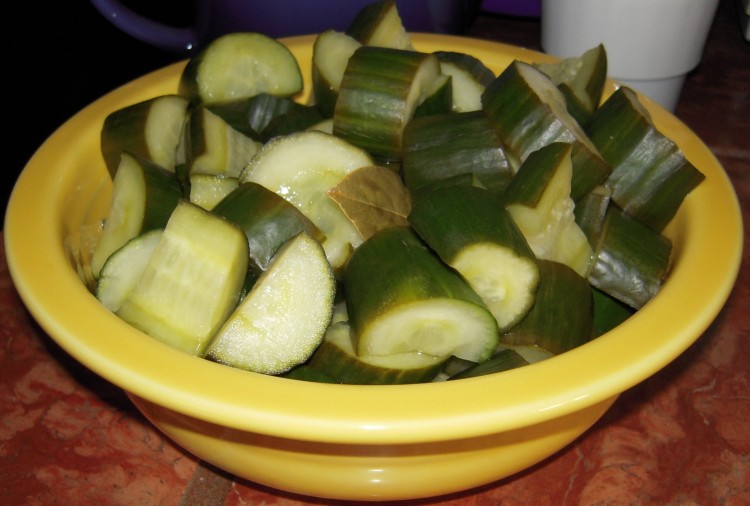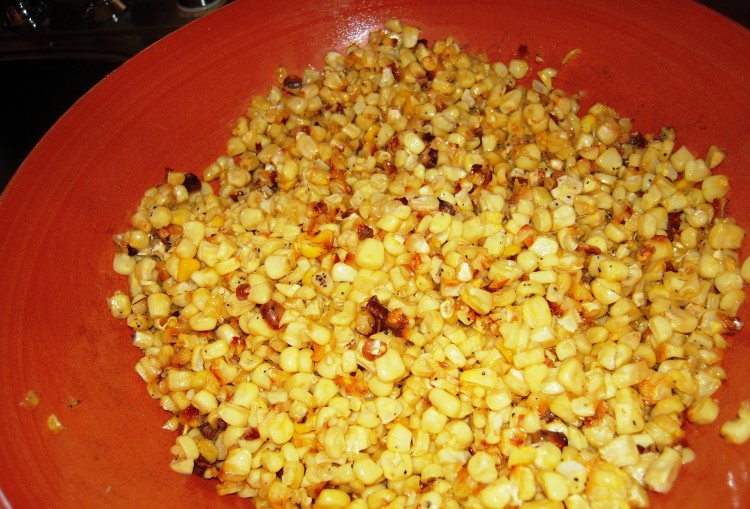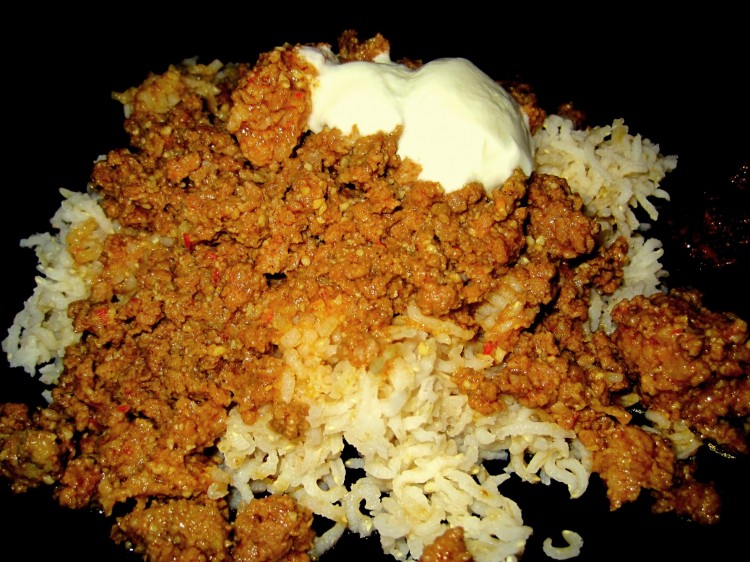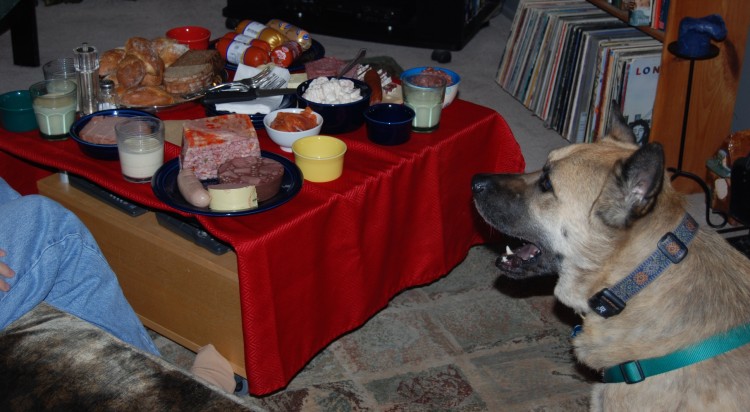
My family – the people I love to cook for
It’s terrible to start a FoodBuzz competition post telling people you feel like a sell-out for being a FoodBuzz Featured Publisher in the first place. I know that. I cringe every time that “above the fold” advertisement on my site stares me in the face and accuses me of shamelessness.
Now I find myself whoring in a FoodBuzz food blogger contest.
Like Anthony Bourdain feeling de-legitimized by moving from “serious working chef” to “TV personality,” so it is for a blogger to move from “pure blogger” to one who allows processed, prepackaged food to be plugged on her site. Oh, God.
It’s hypocrisy, I know.
I need to “get over it,” as my 23-year-old son tells me as he laughs his ass off at my “non-problem.” “Who cares? All the food bloggers are doing it and you won’t get as much exposure if you don’t,” he says.
Well, I’m older than the average blogger. Although I’m reasonably hip, I went numb when Dylan started shilling for Victoria’s Secret. I’m just now getting over James Taylor and Hallmark. If Neil Young ever appeared in an ad, you’d have to revive me.
I’m having trouble believing that an artist who shills is still respected as an artist.
I’m coming to terms with how all of that works in the food world, having only recently hopped on the FoodBuzz and Foodie Blogroll trains after years of blogging.
All that said, I do believe my blog and and I should be recognized. The inherent transiency of something like a “Next Food Blog Star”aside, there are some important points to be made about what my blog and I are about and from whence we came:
1). Not a flash in the pan. I started blogging in February of 2006 to serve as a resource to cooks of all levels. I had finished cooking school and wanted to create a site that would offer tips, recipes, restaurant reviews and irreverent writing. I started blogging when it wasn’t as cool or prevalent as it is now.
2). Almost all my recipes are original, with only a small handful being adapted or from someone else. I put lots of work into what I cook and lots of thought into the blog.
3). I have a dog theme, and that takes some nerve. I have an akita-chow mix, and it allows me a play on words in the blog title.
4). Chops. Let’s go back, way back. As an early grade-schooler, I fantasized about the appetizing counter in Waldbaum’s while I should have been listening to something about Sandra in Nebraska harvesting wheat on her parents’ farm. Instead, I thought deeply about how the radish roses atop the chopped liver might have been formed, and how the cross-hatching on the lox spread came about. Things only got worse. Let’s just say I was a kid who knew a disturbing amount about fondue pots and assorted hors d’oeuvres. Perhaps all that time with my Mother and Grandmother at the Horn & Hardart restaurant in Flushing, Queens, in the 1960’s was to blame. They worked there, and I happily hung out in the kitchen trying to get to the bottom of the cup custard recipe.
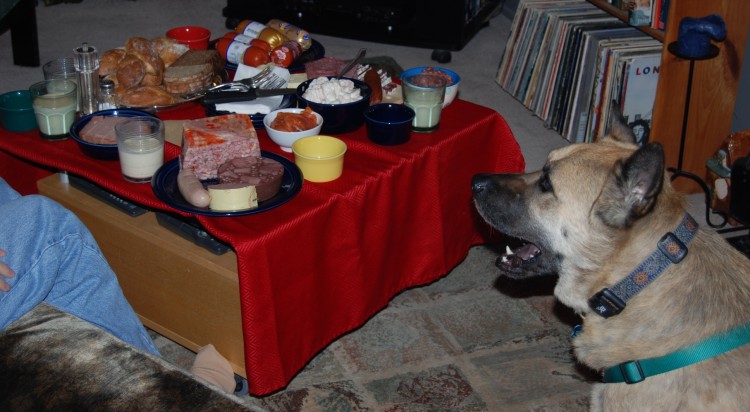
Even Berry, the akita-chow, looks amazed by our Christmas Eve spread. Christmas Eve is my favorite day of the year, and I track down traditional German goodies to serve
5). I was a good girl, went to college and developed a business career. Flash-forward to 2003. I’m 41 years old with a 16-year-old son and a husband of 18 years – working food activities in on evenings and weekends and taking days off to cook – and feeling pretty miserable about my career choice because I wanted to go to cooking school and become a food writer. My long-suffering family told me to quit my job, go to cooking school and write about food. I did. I graduated in 2005 with a culinary degree and time spent as a food writing intern at the San Francisco Chronicle. Since then I’ve been blogging and writing about food.
6). I’ll continue to develop my site so it promotes cooking both by “feel” and “method.” The former takes practice and requires lots of experimentation, but it’s far better in the long run to cook from a place inside yourself rather than always from a printed recipe. The latter would allow a person to translate skills (methods) learned for one recipe to others. I try to get these things across now, but I want to do more.
7). I love reading about food in various formats, and do so to keep myself current with trends at all levels, to improve my knowledge base, and to connect with my fellow food bloggers/writers. In terms of bloggers, I’m interested in perspective as much as information. I also like being amused by bloggers who are not afraid to let their freak flags fly. I also read historical works, like old cookbooks, as I am particularly interested in food in historical context.
8). Cooking is about comfort, hospitality, pleasing others, teaching technique, providing ideas, and so on. It’s not about one-upsmanship. No serious food blogger cares about outdoing other food bloggers. I’ve been blogging for a very long time without being “The Next Big Thing” and I’ll be here when the hype is a distant memory, like all that quiche and all those sun dried tomatoes. So will the rest of the serious food bloggers.
While many can simply say they’re passionate, nothing says “passion” like having your income drop 75% while working harder than you ever have – and feeling 400% more pleased about your life.
